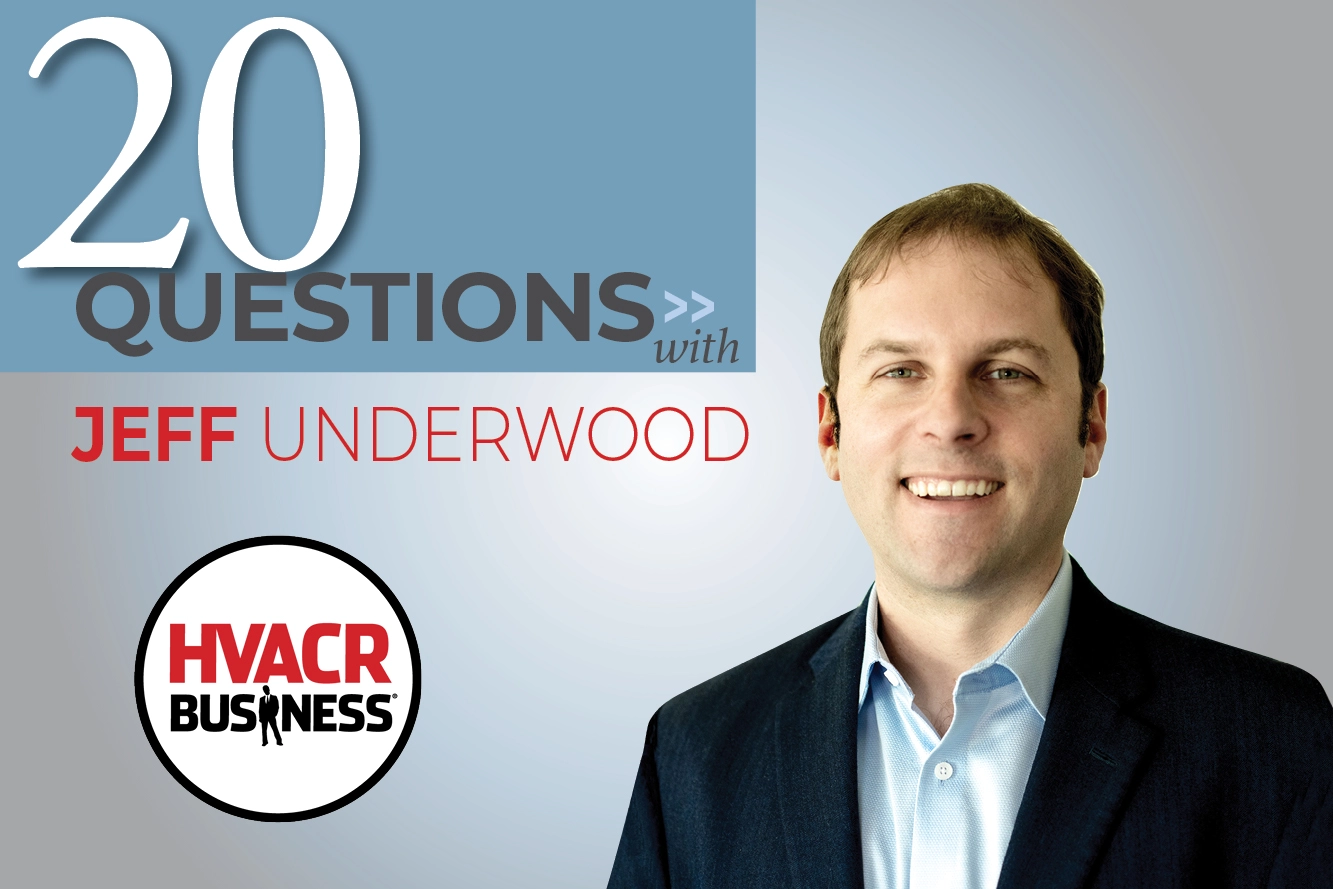Nothing is more important in developing winning business strategies than being able to focus your communications on key insights that target your customer’s needs, wants and expectations. The ability to gain these insights has taken giant leaps forward in the past few years. And perhaps, more importantly, the cost of getting this information has dropped dramatically. It’s a great time to take advantage of this emerging technology.
While many companies talk about customer focus, the reality is that even some of the most sophisticated have scant knowledge of their customer and prospect base. But the most successful companies regularly probe the customer psyche in an effort to understand what drives buying behavior.
They do it by taking advantage of new and inexpensive internet-based research tools. You’ll find a few of the major companies, along with their Web site addresses listed at the end of this article.
Why you should survey your customers
One of the keys to excellence and high performance in any organization is customer focus. Knowing what your customer wants, what motivates them, and what drives their buying behavior are keys to success in any type of business. Through research knowledge, you can tailor products and services accordingly, as well as educate customers about the ways your company and your products and services can fulfill their needs and expectations.
How do you start?
Establish research goals. For example, questions you may want answered are: What is the potential market for high efficiency heating equipment in your market area? Is there a desire for evening service calls in your market? What are customer satisfaction levels? Why did a customer leave you? Why do customers stay with you? Do customers want a maintenance agreement? How old is the equipment in their home? How long have they lived there? Do they have children, allergies, or animals in the house, etc?
Design the questionnaire. Ten to twelve questions is best. Use a combination of open ended, numeric, rating scale, and multiple-choice questions. Remember that every question is measuring something, so you need to keep each one very clear and pointed. And, simply asking a question a certain way can lead to biased answers. For example, if you want to find out what a customer thinks about their current indoor air quality, a question worded the following way leads your customer to answer yes, and may not accurately reflect the information you’re seeking.
Do you agree that poor indoor air quality affects your family’s/employees’ health? Yes/No
A better question would be:
Are you concerned about your home’s/business’ indoor air quality? Yes/No
The survey Web sites listed on page 9 all have templates available to help you develop the appropriate types of questions for the information you’re seeking.
Determine the sample and the sample size. Your sample is the group of people you choose to target with your survey. It might be your entire customer database, or it might be that you want to survey only purchasers of new equipment within the last three years or customers you’ve only done service work for within the last twelve months. Once you know which group you want to gain insight on, you need to decide whether to survey all of them, or a portion of them.
Your sample size is the number of people you choose to receive your survey. Most often a random selection of names is used. This can be as simple as going through your customer database and selecting every 10th person. Or by pulling one of the groups mentioned above and then sending your survey to every 5th person, or to the entire group, depending on how large it is.
More is not necessarily better with regard to the number of people. Accurate, projectable samples can be done with as few as 100 names. Typically; however, 250, 500, or 1,000 names are used for a survey sample. Increasing the sample size only increases precision to a point. For example, increasing the sample size from 250 to 1,000 doubles precision but no more. The law of diminishing returns kicks in after that.





